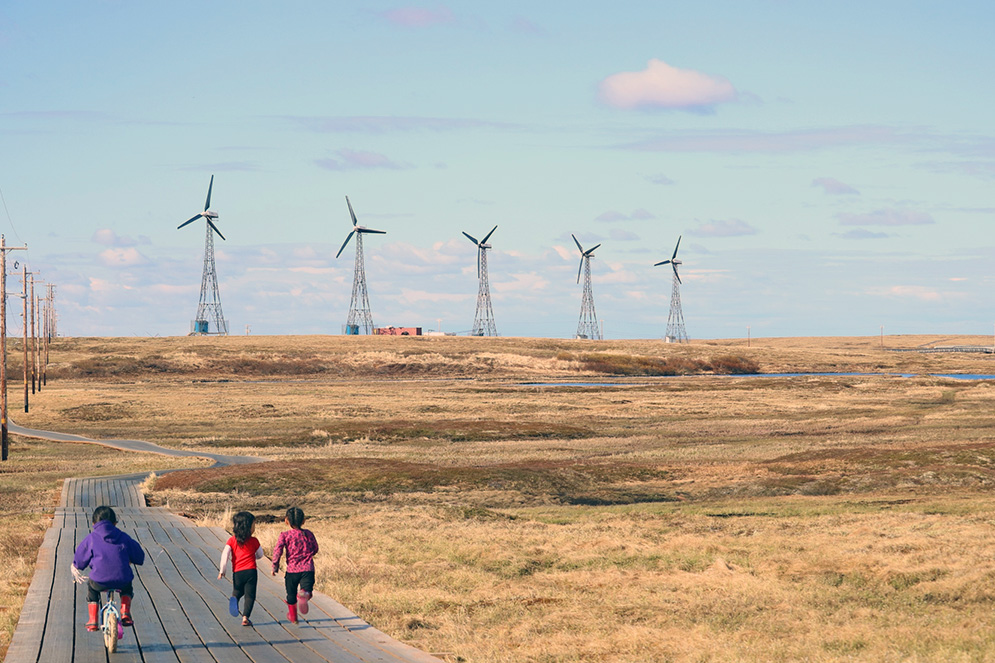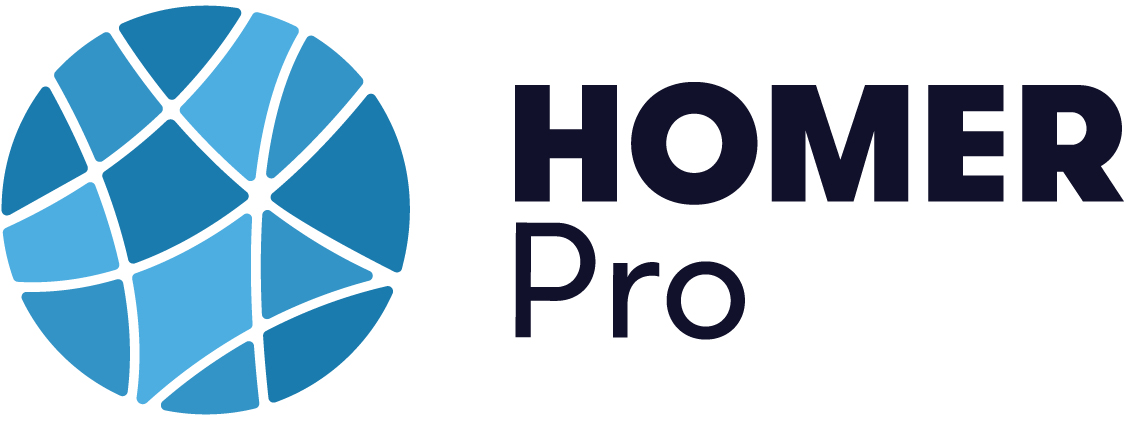Researchers at the University of Alaska have developed a decision-making method to evaluate beneficial matches between excess renewable energy production and non-electric heat loads such as space and water heating and clothes drying.

In the paper “Modeling and Evaluating Beneficial Matches between Excess Renewable Power Generation and Non-Electric Heat Loads in Remote Alaska Microgrids,” published in the journal Sustainability, researchers from the University of Alaska used HOMER Pro to analyze the relationships between renewable energy production potential and energy requirements for different types of heating in three Alaskan communities.
After modeling 236 combinations of solar and wind generation systems in HOMER Pro, investigators put the results into a sophisticated statistical formula and explored the relationship between excess renewable generation and heating demands. The study determined that the best matches were between high penetration wind generation and heat loads for clothes drying and space heating. Factors such as seasonal and daily production patterns played a part in determining the most beneficial matches.
Importance of research findings
There is a cost to overbuilding renewable energy systems and the resulting potential to waste or curtail energy if storage is not a viable economic option. But if communities can put the excess energy to productive use, that changes the equation.
Michelle Wilber, a research engineer with the Alaska Center for Energy and Power, was a lead author on the paper, along with Grace Bolt, a recent graduate of electrical engineering at the University of Alaska Fairbanks. Wilber said the project is a starting point for determining the communities and types of renewable energy best matched for using heating as a dispatchable resource. Now the team can study the most promising combinations in greater depth.
Many Alaskan communities rely on heating oil for warmth and diesel fuel for electricity, the authors point out in their paper, and Alaska’s rural communities face the highest energy costs in the nation because fuel often needs to be delivered by barge or air.
To find out which renewable resources would best serve typical heat loads in Alaska, the authors used HOMER Pro to compare the renewable production potential in three rural communities with varying populations, climates and geographical characteristics. They examined how excess solar and wind power could provide energy for clothes drying, water heating and space heating. The best matches all involved wind systems, especially when paired with heat loads for clothes drying and space heating.
The authors hope the results of their work will inform further economic and technical feasibility studies and help identify communities with the best potential to match excess renewable energy with heating needs.
This material is based upon work supported by the National Science Foundation under Grant # 1740075.
As part of the grant, the University of Alaska Fairbanks created a free (for auditing), self-paced online course: “Renewable Energy for Arctic Food and Water Security.”

UL Solutions’ HOMER® Pro is the leading pre-feasibility design software for modeling microgrids, with more than 250,000 users in more than 190 countries. It provides engineering and financial analyses of remote, off-grid and grid-tied complex distributed energy systems, helping reduce financial risk for owners and developers. Learn more about HOMER Pro and download a complimentary trial.

Excited to see smart ways of using available energy to displace fossil fuels, enable by Homer analysis.
Thank you for your comment, Emil.